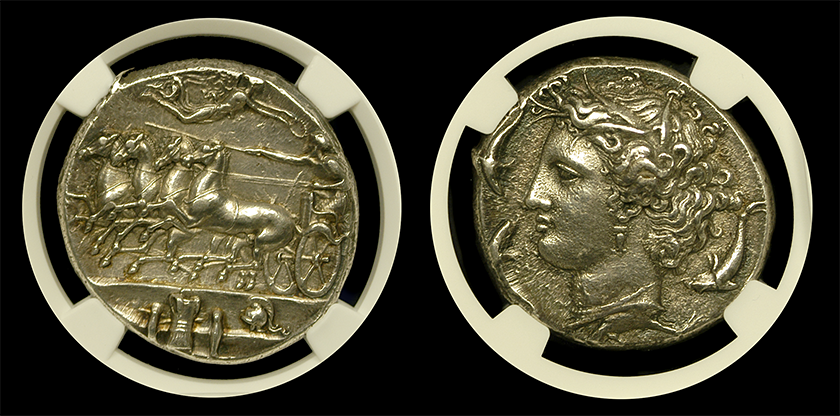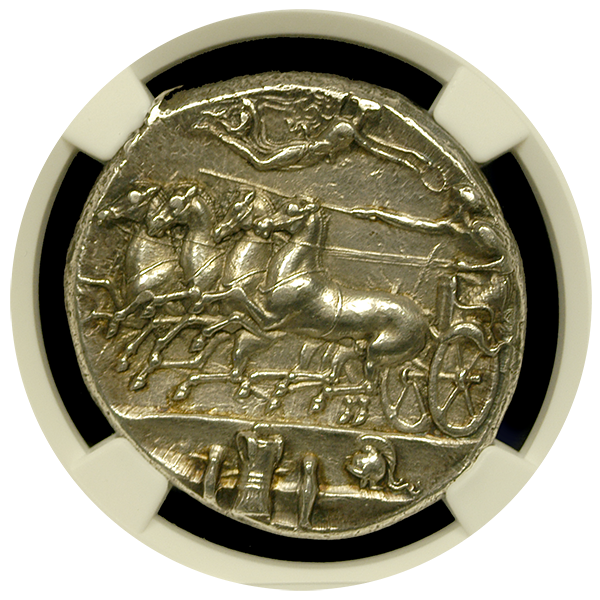
Introduction
The majestic city of Syracuse, nestled on Sicily's eastern coast, stood as a powerful city-state with significant influence over the Mediterranean region. Additionally, the reigns of Timoleon and Hiero II contributed to the "Glory Days of Sicilian Syracuse," the golden era of Syracuse's history. This marked an extraordinary time for the ancient city.
The Rise of Sicilian Syracuse
Nestled on Sicily's eastern coast, Syracuse emerged as a powerful city-state during ancient times. Two remarkable leaders, Timoleon and Hiero II, played pivotal roles in shaping the city's golden era. Let's delve into their reigns and the enduring impact they had on Syracuse's history.
Timoleon's Enlightened Rule
During the period of around 344-317 BC, Timoleon rose to prominence as a Corinthian statesman and general. Additionally, he was called upon by the Syracusans to liberate their city from tyrannical rule. Timoleon brought much-needed stability and renewal. With a wise and visionary leadership style, he guided Syracuse towards an era of cultural and political advancements. Importantly, his reign marked a renaissance, and the city flourished under his enlightened rule.
Hiero II - A Benevolent Ruler
Around 275 BC, Hiero II ascended to the throne of Syracuse, succeeding his brother Hieronymus. In contrast to his predecessors, Hiero II distinguished himself from his predecessors as a smart and kind king. Meanwhile, he promoted a culture of learning and creativity by embracing the arts and sciences. Syracuse became a vibrant center of intellectual pursuits, attracting scholars and artists from across the Mediterranean. Above all, Hiero II's reign was a period of great prosperity and cultural growth for the city.
The Golden Age of Syracuse
The combined reigns of Timoleon and Hiero II marked the heyday of Syracuse. During this extraordinary era, the city experienced unprecedented achievements and grandeur. Specifically, the construction of magnificent structures, such as the Temple of Olympian Zeus and the renowned Syracusan theater, showcased the city's architectural brilliance. Economic prosperity and cultural sophistication flourished, cementing Syracuse's reputation as a jewel of the ancient world.
The Artistic Flourish of Syracuse
The flourishing culture of Syracuse during the golden age was not limited to politics and economy alone. The city's art scene thrived, drawing inspiration from diverse cultural influences. Unquestionably, the Syracuse School of Artists, led by renowned engraver Euainetos, produced masterpieces like the Sicilian Syracusan Decadrachm. This captivating coin features a majestic quadriga (a chariot preferred for chariot racing in Classical Antiquity drawn by four horses in a row), symbolizing the city's power and triumphs. The spirited horses galloping forward and the charioteer's determined stance showcase the artistic prowess. Indeed, it presented the attention to detail of the ancient artisans.
Absorption by the Roman Empire
Rome was progressively establishing itself as a major player in the Mediterranean while Syracuse prospered. In 264 BC, the First Punic War broke out between Rome and Carthage, the other major power in the region. Syracuse found itself drawn into this conflict, and over time, it became increasingly entangled with Roman affairs. However, despite its power and influence, Syracuse's destiny took a tumultuous turn. The city faced internal conflicts and external threats, eventually succumbing to the expanding might of the Roman Republic. Sadly, in the 3rd century BC, after a series of wars, Syracuse lost its autonomy, becoming a Roman province.
 The Sicilian Syracusan Decadrachm
The Sicilian Syracusan Decadrachm
In 212 BC, during the Second Punic War, Syracuse aligned with Carthage against Rome. Marcus Claudius Marcellus, a Roman commander, launched a two-year siege that resulted in the city's destruction. In conclusion, Syracuse's capture signaled the end of its independence. In addition, it later became a province under the Roman Republic. Amidst the grandeur and turmoil of Sicilian Syracuse's history, the Sicilian Syracusan Decadrachm, minted around 405-370 BC, stands as a testament to this illustrious past. The coin's captivating design features a majestic quadriga, and the graceful nymph Arethusa, symbolizing the city's prosperity and connection to its abundant water sources.
Conclusion
The reigns of Timoleon and Hiero II left an indelible mark on the Glory Days of Sicilian Syracuse. Their enlightened rule brought stability, prosperity, and cultural richness to the city. Syracuse's golden era remains an enduring testament to the heights that ancient civilizations could reach. The Sicilian Syracusan Decadrachm stands as a tangible piece of this remarkable history, encapsulating the city's artistic and numismatic achievements. In conclusion, owning one of these coins allows you to connect with the glorious past of Syracuse. In essence, appreciate the timeless allure of ancient art and culture.
Download your Ancient Coins Report Today!
